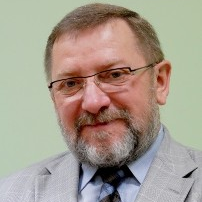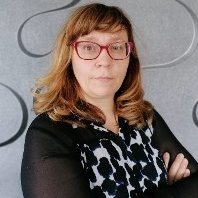Advances in Supported Liquid Membranes
A special issue of Membranes (ISSN 2077-0375). This special issue belongs to the section "Membrane Applications".
Deadline for manuscript submissions: closed (30 September 2021) | Viewed by 8198
Special Issue Editors
Interests: analytical chemistry; organic chemistry; sample preparation; enantiomers separation; natural products isolation; structure determination; membrane techniques; sorbents and molecularly imprinted polymers (MIPs); quantitative and qualitative analysis; chromatographic and electrophoretic techniques
Special Issues, Collections and Topics in MDPI journals
Interests: membrane extraction; method development; sample pretreatment; bioanalysis; xenobiotic separation; analytical chemistry; qualitative and quantitative analysis; chromatographic and electrophoretic techniques
Special Issue Information
Dear Colleagues,
The supported liquid membrane (SLM) process is being applied for the selective enrichment, separation, and removal of many significant compounds and ions from various sources. This membrane-based microextraction technique is one of the most effective and inexpensive sample pretreatment methods. Given the simplicity, versatility, and availability of different formats (hollow fiber, flat sheet, etc.), SLM addresses several challenges associated with the traditional sample preparation methods. The appropriate speed, simplicity, consumed organic solvent reduction, proper analytes enrichment, sample purifying, and removing often extra sample preparation steps, make this method completely appropriate and useful in a variety of analytical areas (in clinical, environmental, pharmaceutical, and food sciences). Its combination with other extraction techniques (like solid-phase extraction, molecularly imprinted polymers (MIPs), surface-enhanced Raman spectroscopy (SERS), deep eutectic solvents, etc.), into one working system, makes it possible to increase the desired effect of highly-selective extraction and a sufficient sample clean-up. Furthermore, by coupling this technique with flow-based analysis (i.e., HPLC, CE), sample preparation and analyte detection can be automated and miniaturized.
Therefore, this Special Issue will cover the latest research trends in supported liquid membrane-based processes, and their modification and applications in many research fields. For this reason, we kindly invite you to submit original research papers, communications, and review articles discussing theoretical and/or experimental studies on the SLM membrane preparation, properties, and analytical applications.
Prof. Dr. Piotr P. Wieczorek
Prof. Dr. Anna Poliwoda
Guest Editors
Manuscript Submission Information
Manuscripts should be submitted online at www.mdpi.com by registering and logging in to this website. Once you are registered, click here to go to the submission form. Manuscripts can be submitted until the deadline. All submissions that pass pre-check are peer-reviewed. Accepted papers will be published continuously in the journal (as soon as accepted) and will be listed together on the special issue website. Research articles, review articles as well as short communications are invited. For planned papers, a title and short abstract (about 100 words) can be sent to the Editorial Office for announcement on this website.
Submitted manuscripts should not have been published previously, nor be under consideration for publication elsewhere (except conference proceedings papers). All manuscripts are thoroughly refereed through a single-blind peer-review process. A guide for authors and other relevant information for submission of manuscripts is available on the Instructions for Authors page. Membranes is an international peer-reviewed open access monthly journal published by MDPI.
Please visit the Instructions for Authors page before submitting a manuscript. The Article Processing Charge (APC) for publication in this open access journal is 2700 CHF (Swiss Francs). Submitted papers should be well formatted and use good English. Authors may use MDPI's English editing service prior to publication or during author revisions.
Keywords
- Supported liquid membranes
- Mass transfer
- Diffusion of gases and ions
- Microextraction
- Miniaturization
- Ionic liquids
- Enrichment
- Sample pretreatment
- Analytical methods
- Complex sample matrices
- Sorption
- Hyphenated techniques







